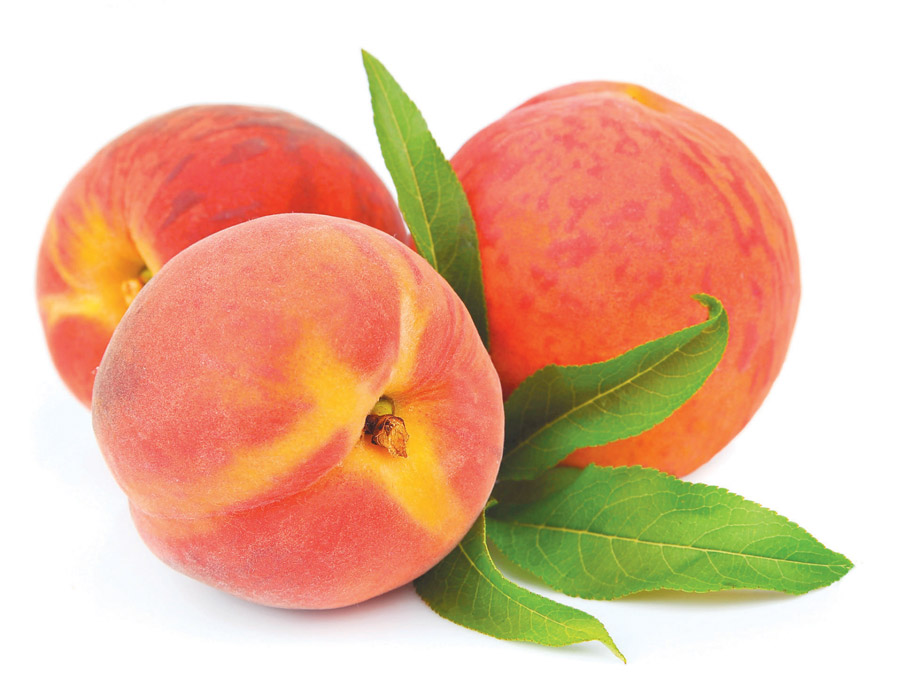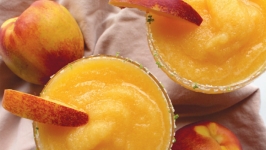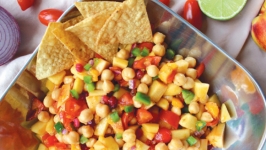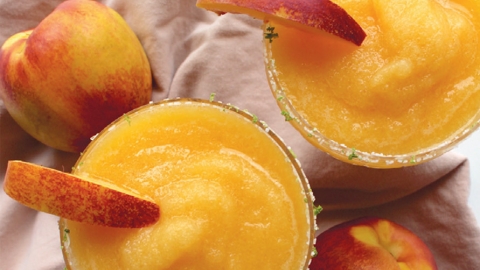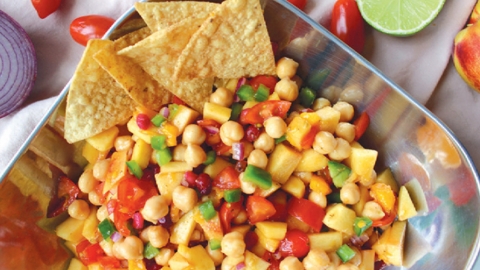What's In Season: Peach
Jersey peaches are a summer staple in the Garden State. They come in a wide variety, have a rich history, and offer plenty of health benefits. These fruits thrive in New Jersey’s climate and soil, and are best enjoyed during a short season starting in July.
Prunus persica:
Although peaches’ scientific name Prunus persica suggests their origin in the Persian region, peaches hail from China, where they were revered as a symbol of longevity.
#4
NJ ranks fourth in the nation for peach production, behind California, South Carolina, and Georgia. In 2020, New Jersey farmers harvested 36 million pounds of peaches on 3,900 acres for a production value of $26 million, according to the New Jersey Department of Agriculture.
100
Number of peach varieties grown in New Jersey
80
Number of peach orchards in NJ. The majority of peach farms are located in the South Jersey counties of Gloucester, Cumberland, Camden, and Atlantic.
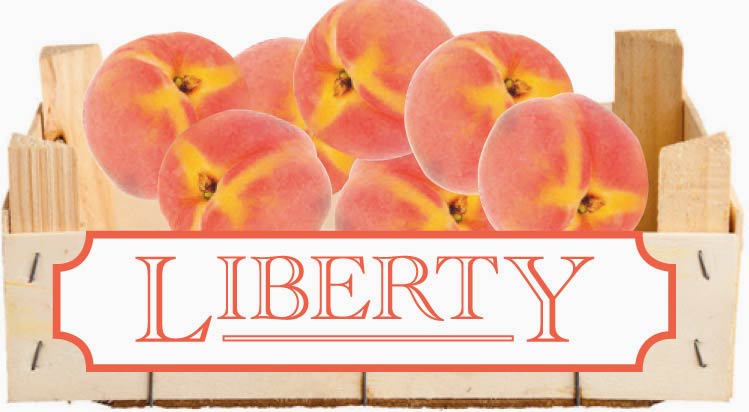
The name of the first commercial peach variety released by the NJ Agricultural Experiment Station at Rutgers in 1914
season:
July through September
at the market:
Look for peaches that are free of scars, bruises, and wrinkles. Avoid peaches with any green coloring, as this means it’s possible they were picked too early and may never ripen.
wash:
As with most fruit, wait to wash peaches until right before you’re ready to eat them. Washing peaches ahead of time shortens their freshness and life-span.
store:
If you’re looking to ripen them, feel free to leave peaches directly on the counter or on a plate. To speed up the ripening process, place them in a brown paper bag. When bagged, they will release ethylene gas, known as the “fruit-ripening hormone.”
A BITE-SIZE BIT OF JERSY PEACH HISTORY:
1600
1600s
Peach growing began in NJ when colonists began importing European varieties.
1683
According to research by Ernest Christ, Rutgers Cooperative Extension professor Emeritus, peaches were the first fruit to receive commercial attention and were reported to be available in New York, brought over in wagons from Jersey orchards.
1700
1800
1886
San Jose Scale, a fruit tree pest, first took hold in NJ, later killing many trees across the state.
1890
This was the height of NJ peach production with over 4 million peach trees in existence. By 1920, the number of trees would drop to 2 million.
1900
1907
The peach breeding program began at the New Jersey Agriculture Experimental Station (NJAES) at Rutgers.
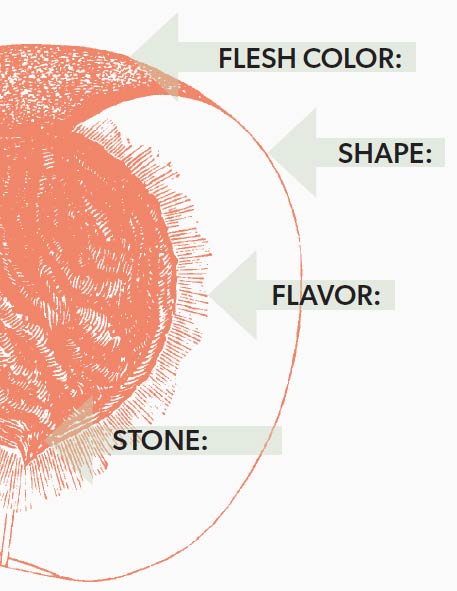
MOST COMMON TYPES
of Peaches Found in New Jersey
Source: Dr. Hemant Gohil, Agriculture & Natural Resources Extension Agent, Rutgers Cooperative Extension
FLESH COLOR:
Yellow fleshed, white fleshed, yellow flesh with traces of red
SHAPE:
Round and flat (donut-shaped)
FLAVOR:
There’s a diversity of flavors when it comes to Jersey peaches, a range of sweetness and acidity combinations, with some varieties high in sweetness and low in acidity and others high in both sweetness and acidity.
STONE:
Clingstone [smaller but very juicy and sweet; pit difficult to remove] and Freestone [commonly found at supermarkets; pit easy to remove when peach is sliced].

EYE ON HEALTH:
Peaches are a good source of antioxidants and beta-carotene, which converts to vitamin A in our body, helping with vision and eye health, strengthening bones, and more.
Not ready to enjoy your ripe peaches yet?
Not to worry! Store ripe peaches in the refrigerator to slow the ripening process, but be sure to bring peaches to room temperature before eating.
IMPORTANT!
Avoid storing peaches, or any fruit, in a plastic bag. Plastic bags trap in moisture and can lead to quicker spoiling.
“Most fruit is juicier if it’s allowed to get to slightly higher than 40 degrees.” —Sherri Cirignano, family and community health sciences educator and associate professor, Rutgers Cooperative Extension
Hungry for more? Visit the New Jersey Peach Promotion Council’s website at jerseypeaches.com.
A huge thank you to Sherri Cirignano, family and community health sciences educator and associate professor, Rutgers Cooperative Extension, and Dr. Hemant Gohil, agriculture and natural resources extension agent, Rutgers Cooperative Extension, who took the time to share their knowledge on this seasonal fruit.
PHOTOS: TOP–MARGO555 / ADOBESTOCK; BOTTOM–SHAWN HEMPEL / ADOBESTOCK


